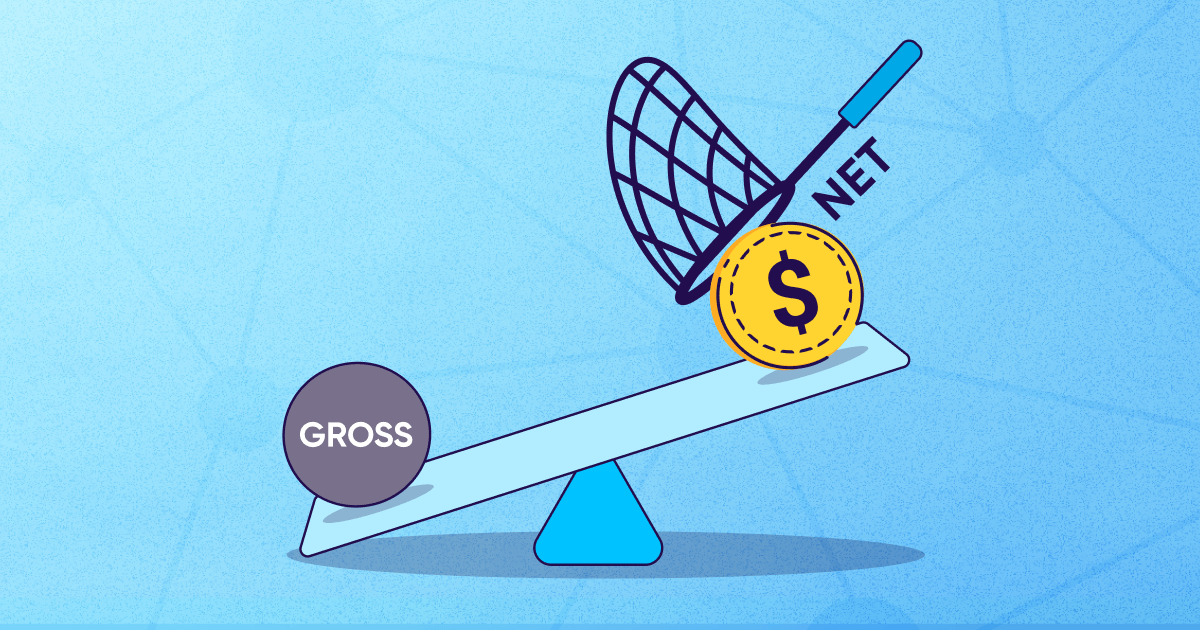
Where to invest: the value of continuing to invest in paid media during a recession

Few businesses – if any – have escaped the fallout from the global economic conditions of the last few years. Many countries have been forced to take austerity measures in the wake of rising inflation, and consumers’ disposable income has taken a hit in markets across the globe.
For retailers and eCom marketers, these conditions have placed many in a tough spot. Budgets have shrunk and competitiveness has risen as businesses strive to wring out every last drop of effectiveness from their marketing spend.
Not all brands followed this path, however. Those that continued to invest in paid media during this lean period have been rewarded with a stronger likelihood of brand loyalty among their customers. It transpires that these brands were ahead of the curve in realising that scaling back paid marketing investment was actually more detrimental in the long run than continuing to allocate ad spend during this run.
This is especially true for app marketing, with paid installs still a huge part of the eCom marketing mix. 45% of eCom installs in Europe over the last two years came from users engaging with an ad and then going on to download the relevant app – known as non-organic installs (NOIs).
Whilst there is value in continued investment in paid media, savvy marketers have made their budgets go further by diversifying the channels on which they advertise, with a particular emphasis on leveraging their owned media. In fact, we’ve seen the usage of owned media grow by a remarkable 360% year-on-year, including channels such as email, QR codes, and SMS-to-app.
Let’s lift the hood on that owned media growth, and take a look at what smart steps brands have been taking to dovetail that growth with continued investment in paid media even when economic constraints strike.
Omnichannel strategy ensures marketing budgets go even further
Inflation and other factors have driven more brands towards a multi-channel strategy, in lockstep with the behaviour of their customers. UK supermarket chain Sainsbury’s have seen that in the last 12 months, their customers are shopping more in-store as they want to see what they’re actually buying – and to carry out price comparisons in person during the country’s cost-of-living crisis.
Marks and Spencer have followed the crowd on this change in behaviour, and enhanced the in-store experience for their customers by integrating mobile to the shopping experience. They rolled out an immersive product-finder app in a London store to replace the paper shopping list and also offer in-store click and collect from orders placed via the app. Not only do shoppers benefit from an improved experience; the retailer themselves gain insights on the behaviour of their in-store and multichannel customers.
Encouraging consumers to shop across multiple channels is important for loyalty and profits. The more channels a company has, the more market share a company gains. Having an omnichannel strategy is extremely valuable, particularly in current market conditions. It’s a mistake to assume that users will know your app exists: instead, use a diversified mix of channels to regularly promote your app across both paid and owned media.
To that end, it’s of increasing importance that eCommerce brands offer a mobile presence. With mobile devices accounting for 71% of retail traffic, and generating 61% of online shopping orders, to lack a mobile app is to leave money on the table.
Remarketing to existing users brings greater rewards
A strong mobile presence allows brands to capitalise on another increasing trend in eCommerce: remarketing. Many businesses make the mistake of focussing all their efforts on user acquisition, taking their existing customers for granted in the process: look no further than the countless promotions targeted at new customers, such as 10% off your first order. These are proven to be effective at hooking new business, but can be infuriating and actually damaging to brand loyalty if an existing customer – who isn’t eligible for the offer – becomes aware of them.
With 53% of eCom apps uninstalled within 30 days of download – and four out of five users abandoning the app within three months – chasing new customers comes with risks as well as rewards. The average mobile user has more than 100 apps on their device, so your app will still be competing with a huge amount of other apps even after your brand has secured that precious install.
However, users that do stay engaged with your app deliver a remarkably higher amount of revenue. Engaged users are 3 times more likely to make a repeat purchase, and produce 3.5 times more revenue than other shoppers.
This is why it’s imperative for marketers and developers to continue to invest in engaging and retaining users. Remind your customers that your brand and app exists with remarketing campaigns driven by creative, personalised messaging based on what they have previously shopped for or shown an interest in.
Remarketing is paying dividends for eCommerce brands in Western Europe in particular: the share of conversions coming from remarketing activity was 76% in February 2023 compared to non-organic installs.
Loyalty schemes have a big role to play here. These personalised programs are proven to inspire customer engagement and boost revenue. They encourage repeat visits to the relevant app, keeping users engaged and also allowing brands to build up greater insights into the behaviour of their shoppers.
Prepare for the increasing complexity of marketing measurement
Driving shoppers to mobile and producing personalised campaigns or loyalty schemes means a need for greater insight into user behaviour and demographics. However, more data means greater complexity of managing and leveraging that data to your own benefit. And it’s unlikely to get any less complex in the coming months.
In the last three years we’ve seen a whole host of privacy measures introduced by mobile platforms that – while greatly raising the baseline of security for all mobile users – has presented plenty of challenges for brands and marketers.
While the mobile industry has risen to those challenges, we aren’t out of the woods yet. It’s anticipated that Google will introduce its planned Privacy Sandbox in the next year, and it’s barely six months since Apple released the 4.0 version of SKAdNetwork.
With 90% of users who engage with an app at least once a week being significantly more likely to turn into long-term users, it’s crucial that brands are prepared for the rising complexity of marketing measurement.
Retail media networks help brands leverage first-party data
One recent marketing innovation in the eCommerce space is the rise of retail media networks. Brands like Amazon, Ocado and Argos leverage their own first-party data to great effect, essentially creating an advertising platform on their own website or app that allows third-party brands to advertise to shoppers.
With increased restrictions on first-party data over the last few years, being able to deploy that data in this manner has become even more valuable. 11% of global ad spend is already being allocated towards retail media networks, and this is expected to grow 60% to approximately $160bn over the next four years.
Retail media networks are providing additional revenue streams for a wide range of eCom brands, all while remaining privacy-compliant for their customers. These networks enable intent-based targeting of ads within product listings and search results, driving greater revenue for the brand and boosting loyalty through personalisation and a greater shopping experience.
Key takeaways
Even as economic conditions have necessitated a tightening of the belts in the eCom space, successful brands have realised that paid media still has a significant role to play – particularly when intertwined with owned media channels as part of an omnichannel strategy:
- The use of owned media in eCommerce has skyrocketed by 360% year-on-year – although non-organic installs are still responsible for 45% of the overall share of eCom downloads.
- Savvy brands are utilising an omnichannel strategy that leverages owned media, connects in-store shoppers to mobile, and continues to invest in paid media to support those efforts.
- Remarketing to existing customers can bring a greater return on investment than focussing on user acquisition: shoppers who stay engaged over a longer period deliver 3.5x more revenue than other shoppers.
- Mobile marketing has become more complex – and could get even more so with the expected launch of Google’s Privacy Sandbox. It’s crucial that brands are prepared for this to ensure the continued value of investing in paid media.
- Retail media networks are providing additional revenue streams for eCommerce brands by leveraging first-party data. This is expected to be a huge growth area for eCom businesses over the coming years.




